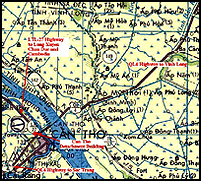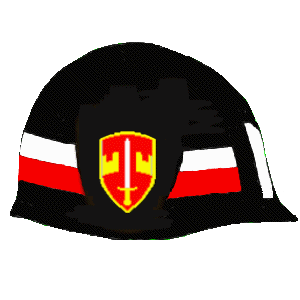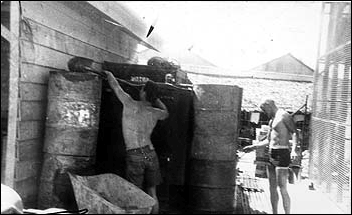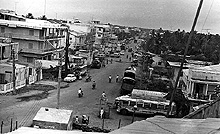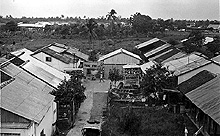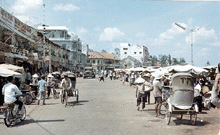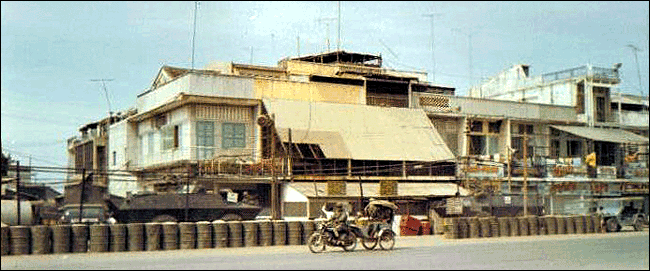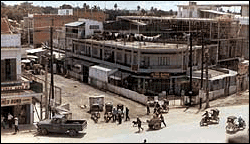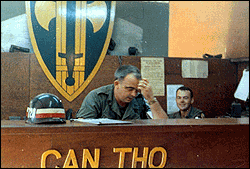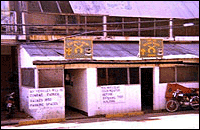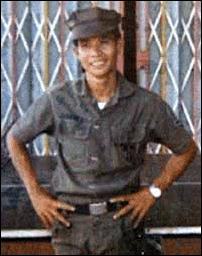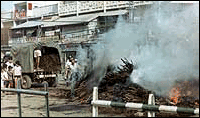< Interpreter nicknamed "Snow"? He worked for the B Company, 720th MP Battalion, Detachment MP’s at Can Tho in 1971. "He was a really nice guy and trustworthy. Always laughing.
He would shout at the civilians or ARVN’s and they would always start doing what we wanted, even though we never had to tell him what we wanted, he would know." Courtesy of SP/4 Richard J. Bosmans, B & C Company, 720th MP Battalion, 89th MP Group, 18th MP Brigade, April 1971 to January 1972.
POW Assignment At 3rd Surgical Hospital SP/4 George F. Long, II, B Company, 720th MP Battalion, 89th MP Group, 18th MP Brigade, Can Tho Detachment, August 1970 to August 1971.
The Language Barrier SP/4 Richard J. Bosmans, B & C Company, 720th MP Battalion, 89th MP Group, 18th MP Brigade, April 1971 to January 1972.




